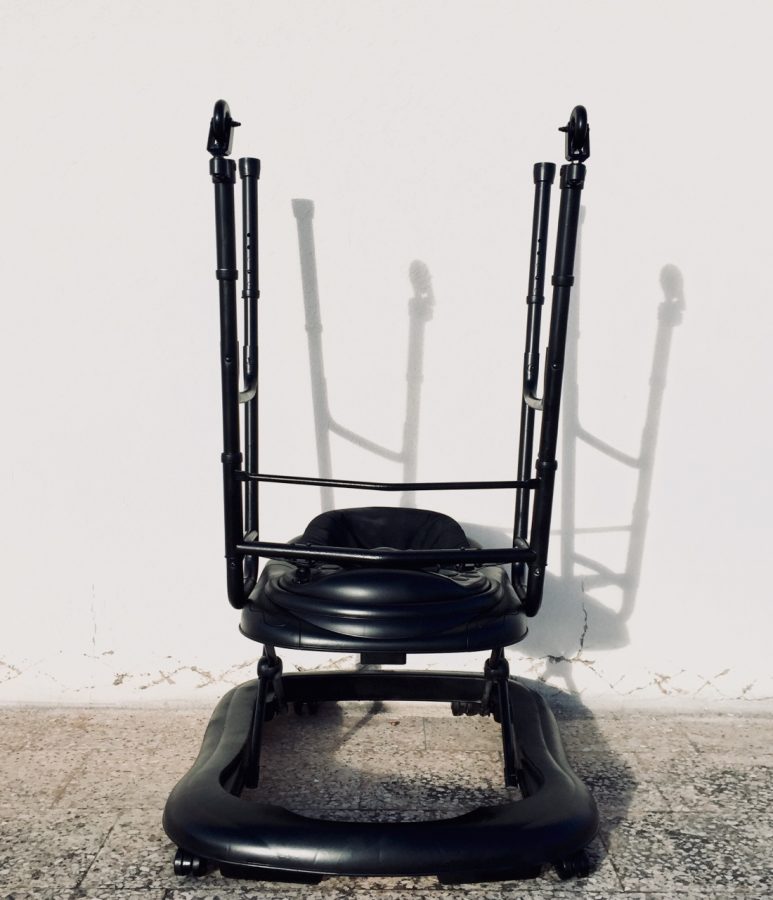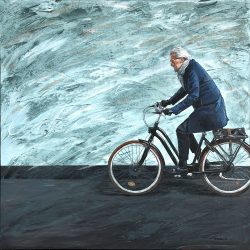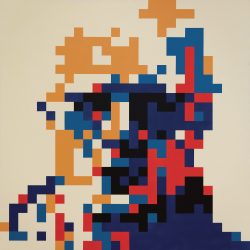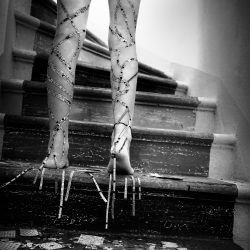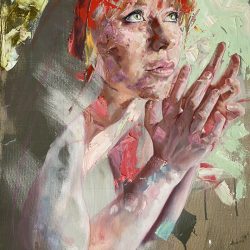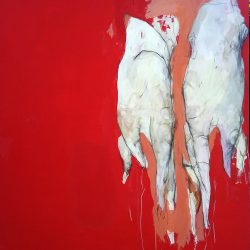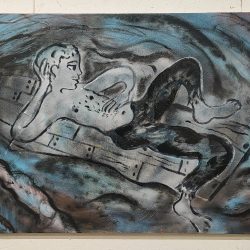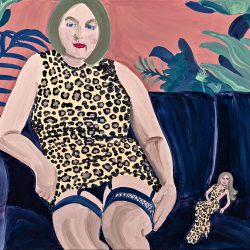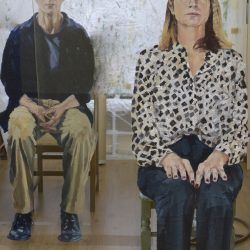work
The Walker
| category | Installation |
| subject | Human figure |
| tags | |
| base | 65 cm |
| height | 110 cm |
| depth | 60 cm |
| year | 2020 |
The Walker” is an installation that lives in the assembly of two walkers, one for children and one for the elderly, united by the name and partly also by the function.
The first (used by the artist as a child), with the wheels turned to the ground, is used by children to take their first steps in a world they do not know, in which there is no fear of death and, inevitably, there is no an idea of life. The wheels placed on the ground represent something extremely earthly, in which absolute unawareness leaves no room for anything other than discovery and infantile impetuosity.
The second walker, with the wheels facing upwards, is the one usually used by elderly people, when physical problems and life lived represent a difficult weight for one body to bear. The wheels turned to the sky refer to a mature spirituality, to the certainty of an imminent end that presents itself to anyone, but above all in the eyes of an elderly person, as the most insurmountable fear.
The pain, the loss, the death and the absolute doubt that tomorrow is everything or is emptiness.
The two objects, wedged and immobile before the eyes of the spectator, are in reality the full essence of the emotional and physical movement, presenting themselves as two essential tools in a single path, divided into two distinct times: that of the first steps after the beginning and that of the last before the end.
The first (used by the artist as a child), with the wheels turned to the ground, is used by children to take their first steps in a world they do not know, in which there is no fear of death and, inevitably, there is no an idea of life. The wheels placed on the ground represent something extremely earthly, in which absolute unawareness leaves no room for anything other than discovery and infantile impetuosity.
The second walker, with the wheels facing upwards, is the one usually used by elderly people, when physical problems and life lived represent a difficult weight for one body to bear. The wheels turned to the sky refer to a mature spirituality, to the certainty of an imminent end that presents itself to anyone, but above all in the eyes of an elderly person, as the most insurmountable fear.
The pain, the loss, the death and the absolute doubt that tomorrow is everything or is emptiness.
The two objects, wedged and immobile before the eyes of the spectator, are in reality the full essence of the emotional and physical movement, presenting themselves as two essential tools in a single path, divided into two distinct times: that of the first steps after the beginning and that of the last before the end.



